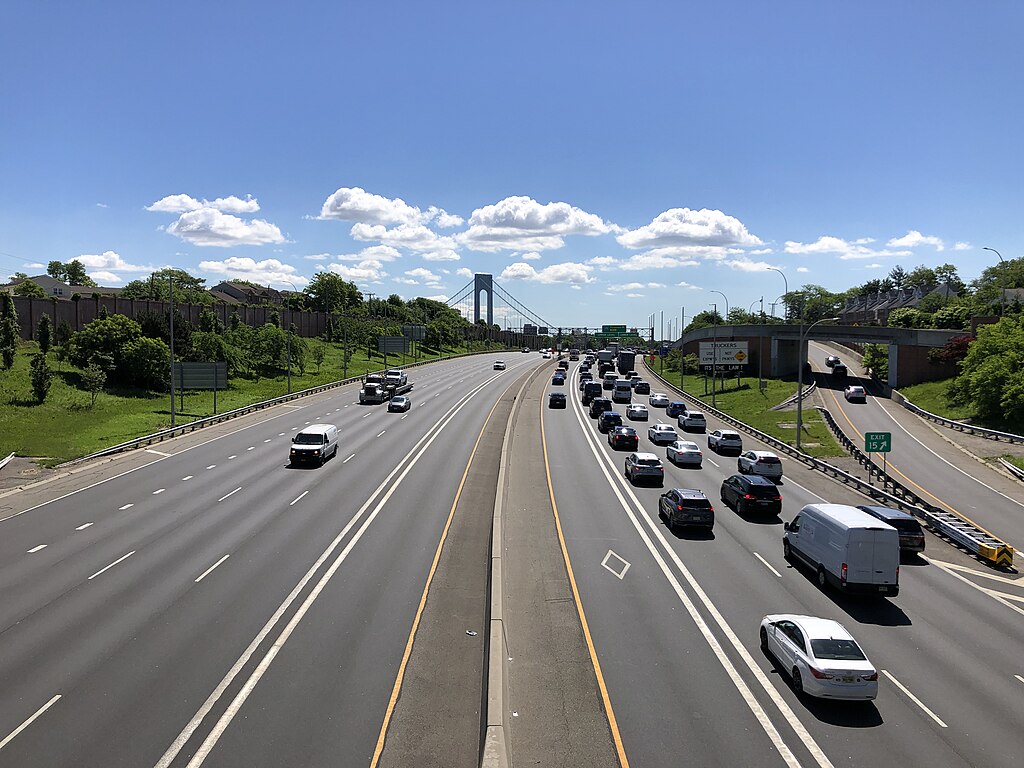EV Drivers May Lose HOV Lane Exemptions September 30, 2025
The Arizona Department of Transportation (ADOT) recently raised an important concern that could affect electric vehicle (EV) owners nationwide. KTAR News reported that starting as early as September 30, 2025, there’s a potential shift in federal law that could strip EVs and other alternative fuel vehicles (AFVs) of their privilege to use High Occupancy Vehicle (HOV) lanes with fewer than two people in the vehicle. Currently, a federal law allows certain AFVs to access HOV lanes regardless of the number of passengers. But if Congress doesn’t extend the exemption from the 2005 law, this benefit may expire on September 30. Here’s everything you need to know about the potential change and how it may impact EV drivers.
What Qualifies as an Alternative Fuel Vehicle in Arizona?
Before diving into the potential changes, it’s important to understand what qualifies as an alternative fuel vehicle under current Arizona law. An alternative fuel vehicle is one that runs on fuel other than conventional gasoline or diesel. The types of fuel that qualify include:
Electric: Fully battery-powered vehicles (EVs).
Natural Gas: Compressed Natural Gas (CNG) or Liquefied Petroleum Gas (LPG).
Hydrogen: Fuel-cell vehicles powered by hydrogen.
Blends: A blend of 70% alternative fuel and 30% gasoline (currently unavailable in Arizona).
Solar: Vehicles powered entirely by solar energy.
For those who convert their vehicle to run solely on an alternative fuel, an inspection by the Arizona Department of Environmental Quality (ADEQ) is required to issue an Alternative Fuel Certificate, allowing the vehicle to be recognized as an AFV.
Federal High Occupancy Vehicle (HOV) Lane Exemption
The US Department of Energy (DOE) Alternative Fuels Data Center says that states have the option to exempt certified alternative fuel vehicles (AFVs) and electric vehicles (EVs) from High Occupancy Vehicle (HOV) lane requirements within their borders. Eligible AFVs include vehicles that operate solely on methanol, denatured ethanol, or other alcohols; a mixture of at least 85% methanol, denatured ethanol, or other alcohols; natural gas, propane, hydrogen, or coal-derived liquid fuels; or fuels made from biological materials.
EVs are defined as vehicles that can be recharged from an external electricity source and have a battery capacity of at least 4 kilowatt-hours. Additionally, states may create programs that allow low-emission and energy-efficient vehicles to pay a toll for access to HOV lanes.
To qualify for HOV lane exemptions, vehicles must be certified by the U.S. Environmental Protection Agency (EPA) and properly labeled for HOV lane use. The U.S. Department of Transportation (DOT) is responsible for planning and overseeing HOV programs, including the criteria for low-emission and energy-efficient vehicles set by the EPA. States that choose to implement these requirements are responsible for enforcement and ensuring that vehicles are appropriately labeled.
It’s important to note that the HOV lane exemption for AFVs and EVs is set to expire on September 30, 2025. Additionally, the program allowing low-emission and energy-efficient vehicles to pay a toll for HOV lane access ended on September 30, 2019.

Why Is This Change Happening?
The federal government is responsible for the decision, as it pertains to the national code governing HOV lane exemptions (23 U.S.C. 166b). If Congress decides not to extend the exemption in the current 2005 federal law, alternative fuel vehicles and those with Energy Efficient plates would lose access to HOV lanes during restricted times.
ADOT is raising awareness early about this issue because it affects not only drivers of alternative fuel vehicles but also the businesses involved in the sales, servicing, and maintenance of these vehicles. If the exemption is allowed to lapse, EV drivers in Arizona and nationwide could face significant changes in their daily commutes.
Could Other Factors Affect Access to HOV Lanes?
Yes, additional factors could influence whether alternative fuel vehicles can continue using HOV lanes. The Federal Highway Administration (FHWA) requires states to submit annual reports assessing the traffic flow in HOV lanes. If an HOV lane is found to be out of compliance with federal traffic flow requirements, local authorities must analyze the situation and implement measures to improve travel times.
If an HOV lane regularly experiences congestion or delays, it may be necessary to implement stricter rules, such as limiting access for low-emission or energy-efficient vehicles. This means that even if the federal exemption for AFVs is extended, there could still be local decisions that restrict access to these lanes based on traffic conditions.
Stay Informed and Involved
As EV adoption grows and the push for cleaner energy continues, the debate around the access privileges of alternative fuel vehicles is an important one. Because the potential loss of HOV lane access is concerning for many drivers, it’s essential to keep an eye on local and federal legislation, as well as the annual traffic flow reports, to see how this issue develops.
Will the exemption be extended? Only time will tell, but staying informed and involved is key to ensuring the best possible outcome for the nationwide alternative fuel vehicle community.

Electric Vehicle Marketing Consultant, Writer and Editor. Publisher EVinfo.net.
Services